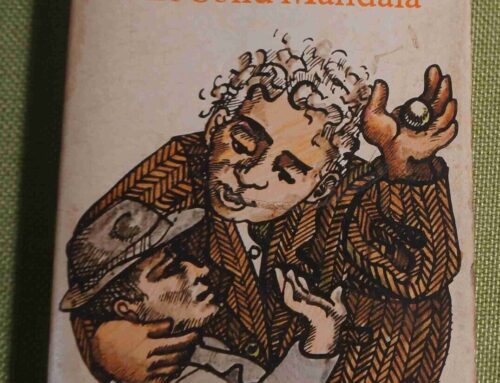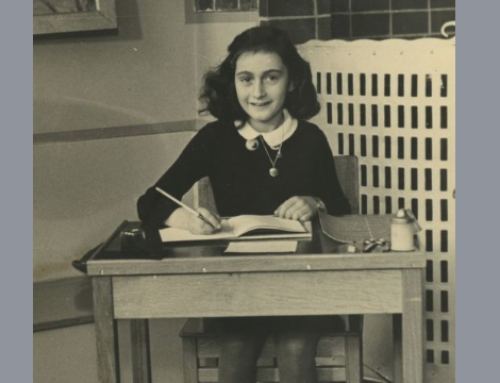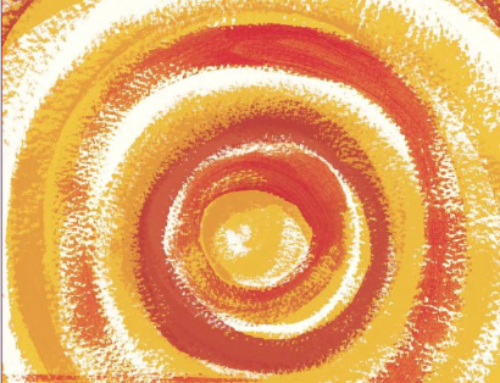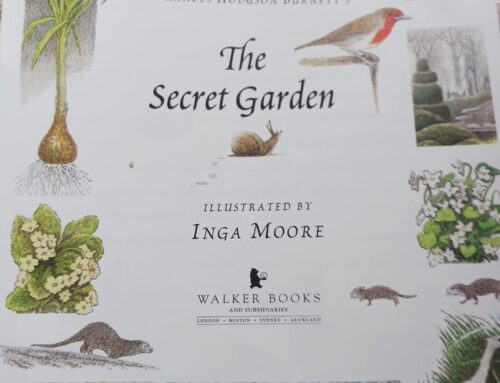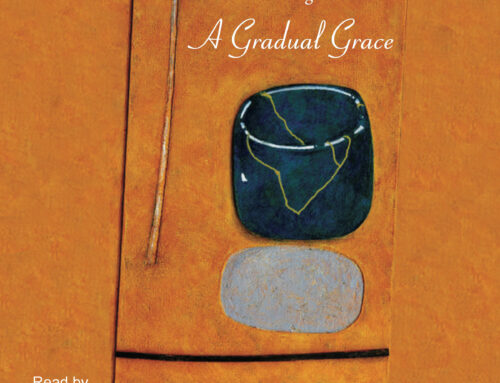Jane Eyre is an enigma; a complex psychological novel, in many ways proto-feminist, loved by many, hated by some. Jane Eyre is herself a counter-heroine, being but ‘poor, obscure, plain and little’, with a strong intelligence and will and a fierce pride, not afraid to speak out when she sees injustice. Yet she falls hopelessly in love with Edward Rochester, a man who is decades older than her. He hides a terrible secret in the attic—his nemesis—and tricks her into declaring her love for him by pretending to be about to marry a woman of his own class who is beautiful and distinguished as Jane is plain and lowly, an orphan with no money and no distinguished ancestors. He then deceives her by arranging a marriage to her that, it is revealed at the altar, would be bigamous. Then tries to persuade her to fly to France with him and become his concubine. He is a man who feels entitled to have what he desires at all costs, not least the heart, body and soul of this passionate young woman. In these ways, he follows the archetypal pattern of the patriarchal, aristocratic male, but pushes it askew by attempting to practice bigamy.
If a modern woman were as much in love with such a man as Jane was, there is little doubt she would take the chance and go with him, despite his ambiguous and devious behaviour. But Jane is a virtuous 19th-century woman who struggles between her compassion for this man whose headlong nature, she believes, will drive him to despair if she leaves him, and her care for herself. She chooses virtue:
I will keep the law given by God, sanctioned by man. … Laws and principles are not for the times when there is no temptation: they are for such moments as this, when body and soul rise in mutiny against their rigor; stringent are they; inviolate they shall be.
So Jane flees, taking little with her, and spends three days wandering on the moors without food, until, near death, she is given shelter by two young women and their servant. They nurse her back to health. A fourth person enters the picture, a young man, St John (aptly named). He is the opposite of Rochester— intellectual, chaste, and determined to sacrifice himself in the service of God by missionary work in India. He is not in love with Jane, but sees her as a fit wife and companion in such service. Like Rochester, he is steel-willed, but his desire is for sainthood, not for earthly love. Jane struggles with her fears and almost sacrifices herself. But she hears a voice, and her heart stands still. She knows it is the voice of her beloved, and resolves to return and find him.
I broke from St John, who had followed, and would have detained me. It was my time to assume ascendancy. My powers were in play and in force.
When she returns, she finds the Rochester mansion, Thornfield Hall, burnt down, and Rochester in retreat at a farm, looked after by two old servants. Helpless, blind, and a cripple. This is where I lose belief and engagement in Jane’s story.
Reader, I married him. A quiet wedding we had: he and I, the parson and the clerk, were alone present.
So virtue and fidelity are rewarded, patience and fortitude win out, true love triumphs, and meanwhile in India, St John martyrs himself for God.
As a latter day feminist, I baulk at the recipe for a woman’s happiness. As one critic puts it,
… it is not surprising that Jane only achieves power balance with Edward when she inherits money and Edward becomes blind. This particular plot in the novel, to some extent, affirms that women are born to be weaker than men, and that weakness indicates inferiority.
Fair enough, Bronte was limited by the values and codes of her time. But I find it creepy that Rochester, who is depicted as physically powerful, virile, masterful and passionate (though not handsome) has to be reduced to physical weakness and dependence before Jane can be his equal. And that Jane, whose proud, feisty spirit has got her through many trials and traumas, can only fully embrace and accept him when she inherits money and is no longer poor as well as ‘plain and little’.
